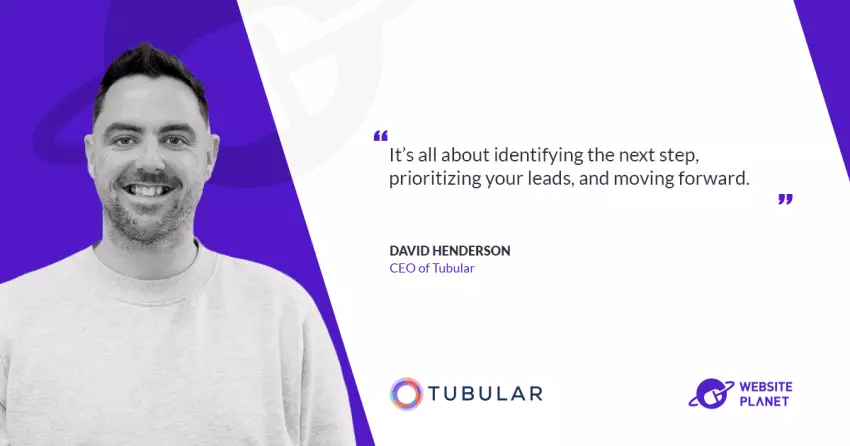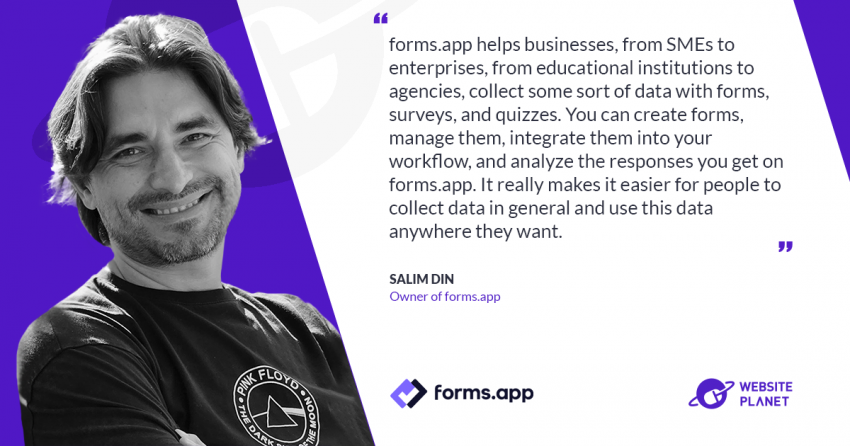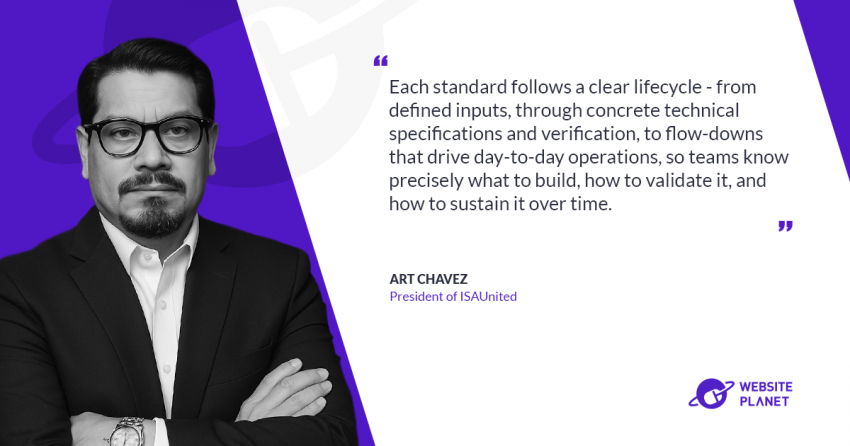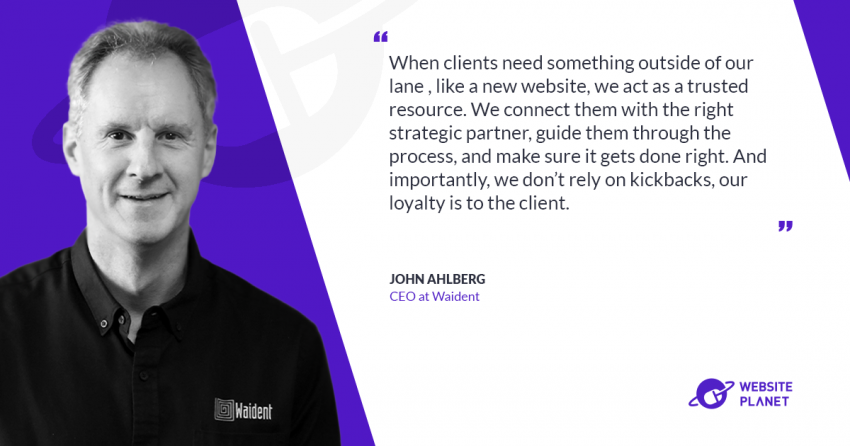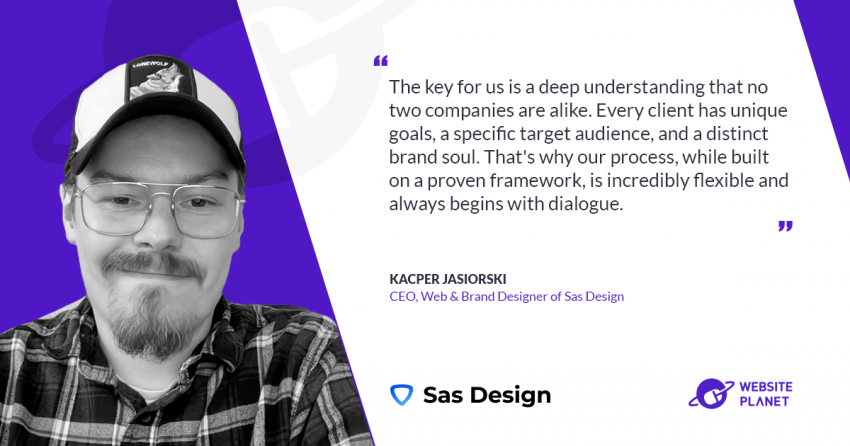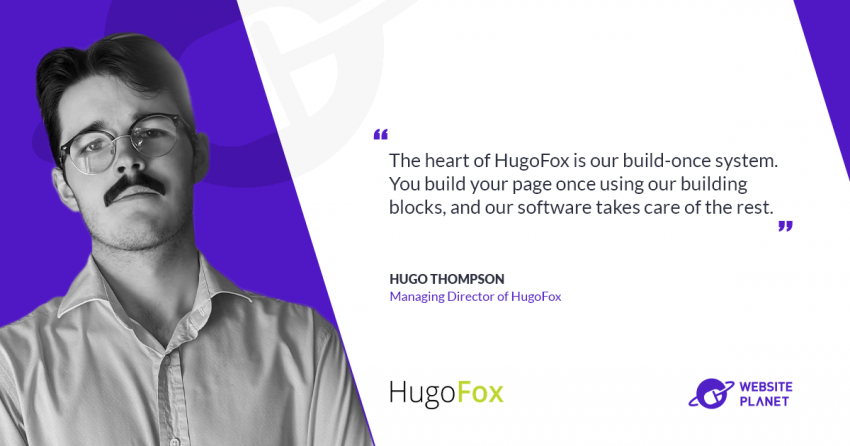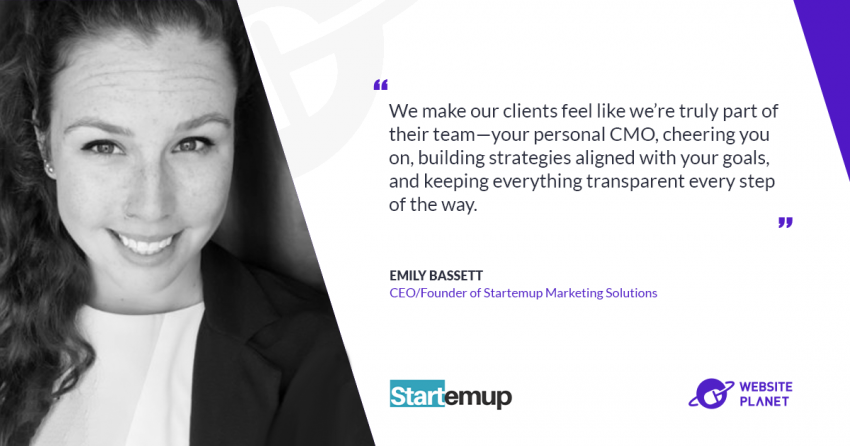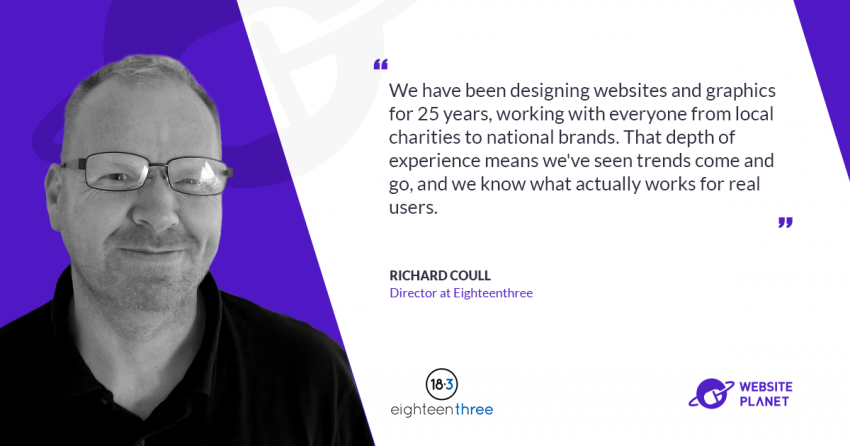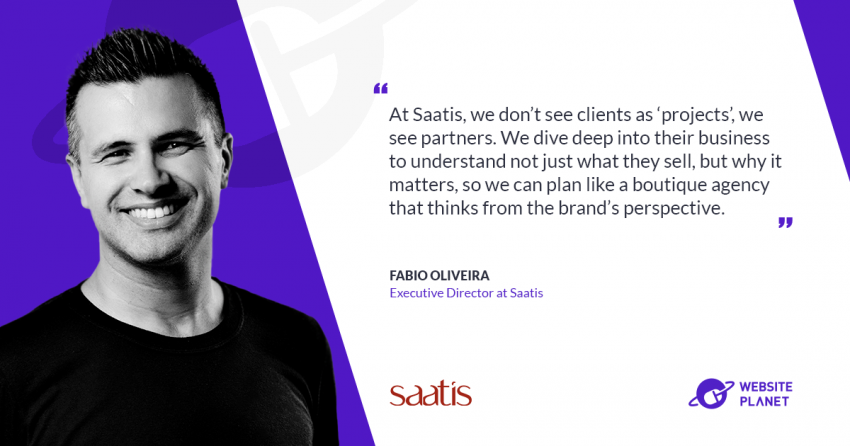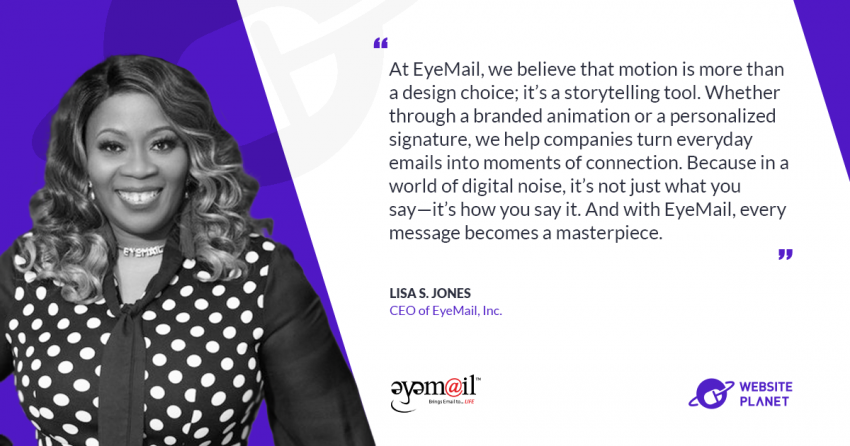Tell us about your story with Tubular. I hear you acquired he product just over 2 years ago.
We had been using Tubular for over six years before acquiring it. I run DHD, a brand-focused agency that’s been operating for nearly 17 years. We look after more than 500 clients around the world with a team of 15, including UX/UI designers, web developers, brand strategists, videographers, social media experts, etc. We love what we do, but we needed a CRM to keep us on track. Back in 2015, I was struggling to manage all the opportunities and leads coming in. I’d forget to follow up with people or lose track of who had contacted me and what they needed. I knew we needed a proper system in place. That year, I met the founders of Tubular at the Web Summit in Dublin. We started using it right away and loved it. Over time, we also built a close relationship with the team. They even became a client of DHD, and we helped them with animations, UI/UX, and other product improvements. Fast forward to about two years ago, I logged into Tubular one morning and realized it had been closed down. I contacted the team, and they told me they were shutting it down because their development agency had been acquired and they no longer had the resources to run it. I hadn’t seen the email announcement, but I immediately saw an opportunity. I spoke to them about potential buyers and eventually decided to buy it myself. I brought in our now-CTO, Jack, and we began improving and growing Tubular under our ownership. It’s been an amazing journey — going from being a user, to having the founders as our agency clients, to becoming the owner and taking the product to the next level.What features does your toolset offer?
As you know, CRM stands for Client Relationship Management or Customer Relationship Management. And for us, the keyword there is relationship. Tubular is all about follow-up. We have a full Leads section that lets you automate incoming leads from different sources. For example, if someone subscribes to your email newsletter or responds to a social media ad, the lead goes directly into Tubular, into that section. The same applies to people filling out forms on your website or connecting through lead generation tools like Facebook Ads or LinkedIn automation. All these touchpoints can be brought together in one place. You can then tag leads in whatever way works best for your team — by sector, industry, geography, or any other category. From there, you can assign tasks to team members, such as sending an email, making a call, or setting up a Zoom meeting. This ensures consistent follow-up and helps maximize your win rate. Another major feature is the Deals section. For every project you’re running, you can set up a customizable sales workflow. We use five main stages — Inquiry, Proposal Sent, Won, In Progress, and Complete — but these can be renamed to suit your needs. This setup makes it easy to log in and instantly see how many projects have been won over the last three months, get insights into what’s working well, and identify areas for improvement. It also gives you a clear view of your cash flow by showing the total value of proposals sent, deals in progress, and their next steps. On top of that, Tubular has numerous automations. It integrates with Zapier and other tools, so updates in Tubular can trigger actions elsewhere. For example, every time someone on our team updates a record, I receive a Slack notification in real time. These automations keep everyone in sync and make our sales process run smoothly and efficiently.What industries is Tubular tailored for?
Originally, Tubular was designed for creative, PR, and marketing agencies. Over time, we realized its value extends far beyond those sectors. Today, we have a wide range of users, from a construction firm in Melbourne to accountants in the UK, graphic designers in the U.S., and even architects. The real sweet spot is B2B companies selling products or services to other businesses. This covers many professional services, and our clients in these fields love how Tubular streamlines their work. While we started with agencies, it has grown into a powerful CRM for a variety of industries.What makes Tubular stand out from its competitors?
Tubular has been around since 2016, so it’s a well-established CRM platform. What really sets us apart is our focus on relationships. We believe the data you hold on your leads and current clients is one of your business’s most valuable assets — something you should be looking at every day to drive both process and progress. Another key difference is our simplicity. Many CRMs are overly complex, time-consuming, and require trained specialists to manage them. Tubular is the opposite. It streamlines your sales process, makes outreach easier, and encourages your team to take action instead of getting bogged down in admin work. It’s all about identifying the next step, prioritizing your leads, and moving forward.What pricing plans do you offer, and what are the differences between them?
You can find our pricing page at tubular.io/pricing. In U.S. dollars, our most popular plan is the Pro plan, which costs $36 per user, per month. This includes unlimited deals and contacts, tasks, advanced deals, recurring payments, Zapier integration, forecasting, and the ability to create sales templates and emails directly within the system, among other features. For larger teams, we offer the Enterprise plan at $78 per user, per month. In euros, the pricing is €35 for Pro and €75 for Enterprise. The Enterprise plan includes everything in the Pro plan, plus unlimited DNA credits, advanced reporting, data recovery, task reports, and additional features designed to speed up your sales and lead management workflows.Why are CRMs important to businesses and teams that work with sales and business development?
Going back to what I mentioned earlier, I believe the data around your leads and sales is the most valuable information your business has. Regularly checking and analyzing this data allows you to make the right choices about the next step in a conversation, which directly increases the likelihood of closing deals and ultimately boosts your revenue over time. Of course, there are many metrics worth tracking in a business: cash flow, finances, and team performance. However, for me, how we interact with our leads, collect their information, and prioritize them will always be the number one piece of data. This ensures my team is fully aware of incoming opportunities, so we can act quickly, avoid frustration, and stay organized. Before using a CRM, we relied on spreadsheets with endless color codes and scrolling, making it easy to lose track of details. Now, we can filter, search, and instantly see the last interaction with every client and lead, which helps us work faster and more efficiently. PS. Exciting news – get Tubular Pro or Enterprise for 50% off for 3 months for you and your team, just email [email protected] with the title “Website Planet offer!” Just sign up for your free trial, and we’ll be in touch to get you set up!To learn more about Tubularm you can visit www.tubular.io
